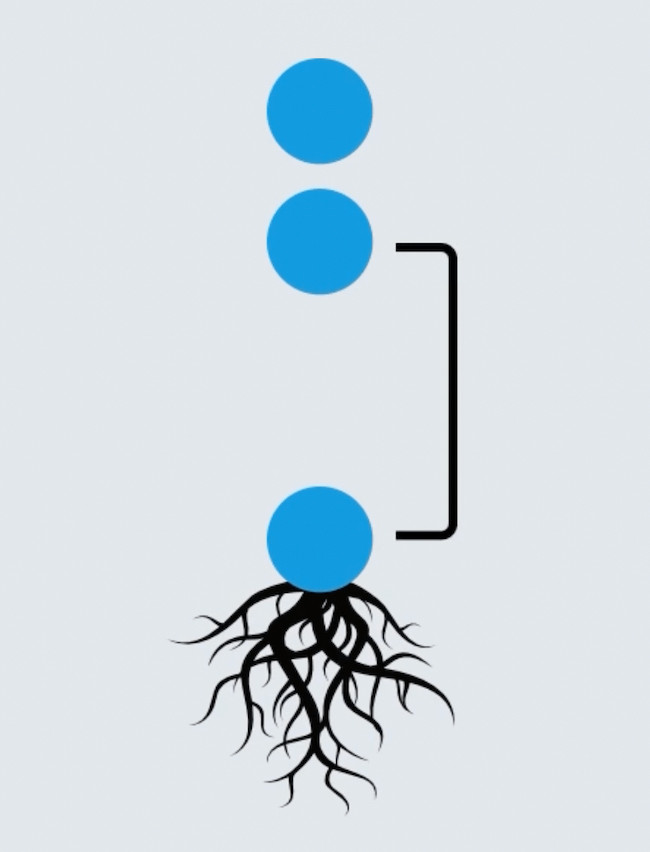Triads are fundamental building blocks in music and on the guitar. In simple terms, a triad is a chord comprised of three distinct notes. However, it’s not just any three notes thrown together; there’s a specific formula to constructing them. This article will explore the construction of triads, making this essential music theory concept accessible and practical for guitarists.
To truly grasp triads, a basic understanding of intervals is beneficial. Think of an interval as the distance between two musical notes. If you’re unfamiliar, consider exploring resources on guitar intervals to enhance your understanding as we move forward.
A chord, in essence, is created when multiple notes are played simultaneously. By combining different notes, we create various chord types, each with its unique sonic character. Some common chord types include:
- Major chords (e.g., A, C, D)
- Minor chords (e.g., Am, Cm, Dm)
- Dominant chords (e.g., A7, C7, D7)
Each of these chord types possesses a distinct sound due to its specific ‘recipe’. This recipe isn’t based on note names like A, B, or C, but rather on intervals.
For instance, the recipe for a major chord is:
- Root note
- Major third
- Perfect fifth
This recipe consists of three ingredients – hence the term “triad” (meaning ‘three’). Therefore, this is also the recipe for a major triad!
So, how does this recipe translate into chord construction?
We begin with the lowest note, known as the root note. Then, we consider the interval, or distance, between this root note and the other notes in the chord.
 Root Intervals for Triads
Root Intervals for Triads
In a three-note chord, these distances might be a major third (four frets on the guitar) and a perfect fifth (seven frets). Each interval acts as an ‘ingredient’, and each chord type has its unique interval recipe.
Let’s see how this applies directly to the guitar fretboard. Here’s a breakdown of our triad ‘ingredients’ and their corresponding fret distances on the guitar:
| Ingredient (Interval) | Guitar Frets (Semitones) |
|---|---|
| Root note | 0 |
| Major third | 4 |
| Perfect fifth | 7 |
Now, let’s analyze a major triad on the fretboard to see this in action:
Consider a major triad starting on the 5th fret of the A string. Here’s how it breaks down intervalically:
- We start with the root note: the 5th fret on the A string.
- Next, we measure the interval between the root note and the note at the 4th fret on the D string. This interval is four semitones (equivalent to moving up four frets on the same string), which is a major third (M3) interval.
- Finally, we measure from the root note to the note at the 2nd fret on the G string. This distance is seven semitones or guitar frets, a perfect fifth interval.
In essence, this chord contains all the necessary ‘ingredients’ for a major triad: a root, a major third, and a perfect fifth!
(If you’re unsure how to calculate intervals between notes on the guitar, exploring resources specifically on guitar intervals will be very helpful.)
While this might initially seem like a lot of theory, it becomes intuitive with practice. For a more structured and interactive approach to learning music theory, including triads and chord construction, consider exploring dedicated music theory resources designed for guitarists.
Get Started with Free Triad Lessons
For those seeking a comprehensive music theory education, full access memberships to platforms offering structured courses can provide an in-depth learning experience.
